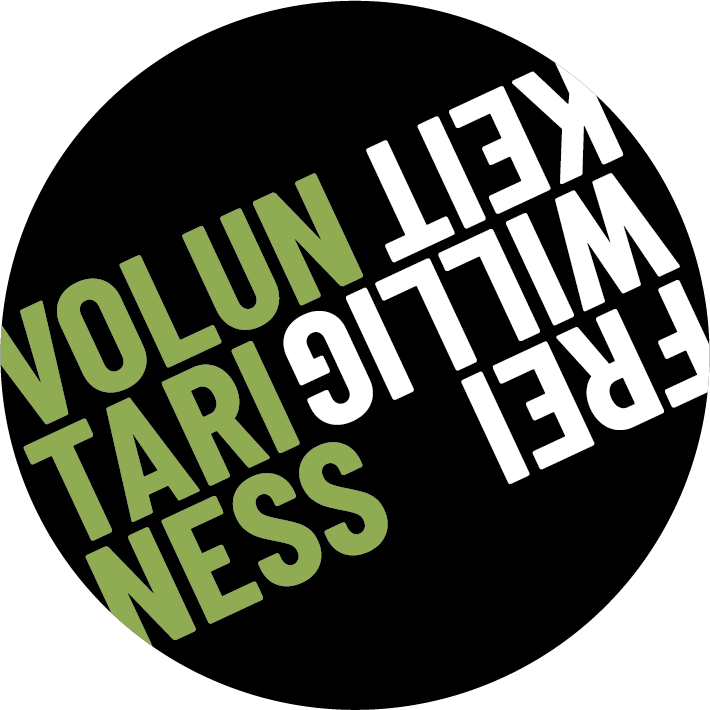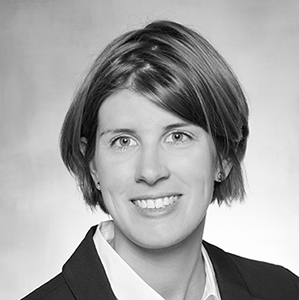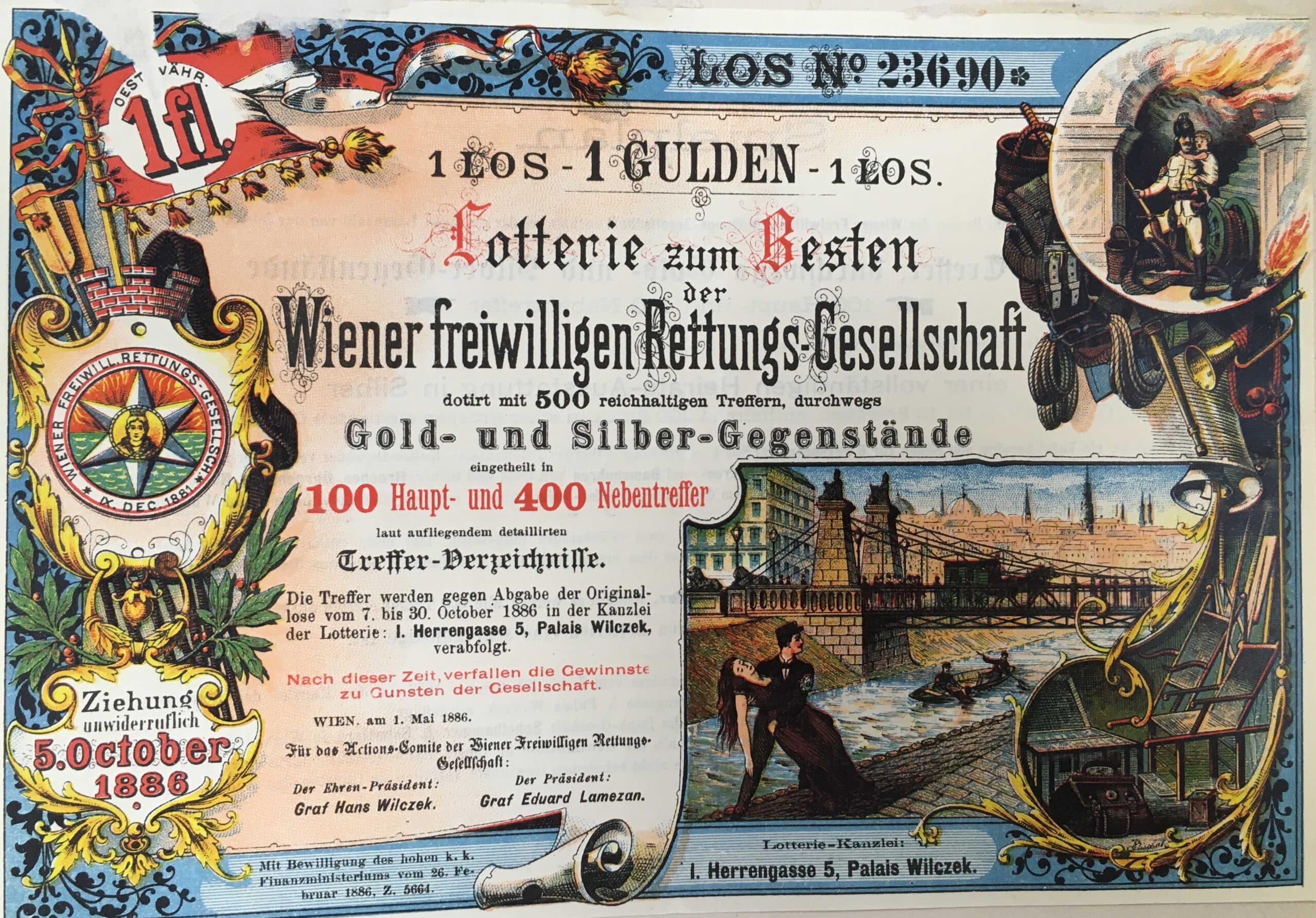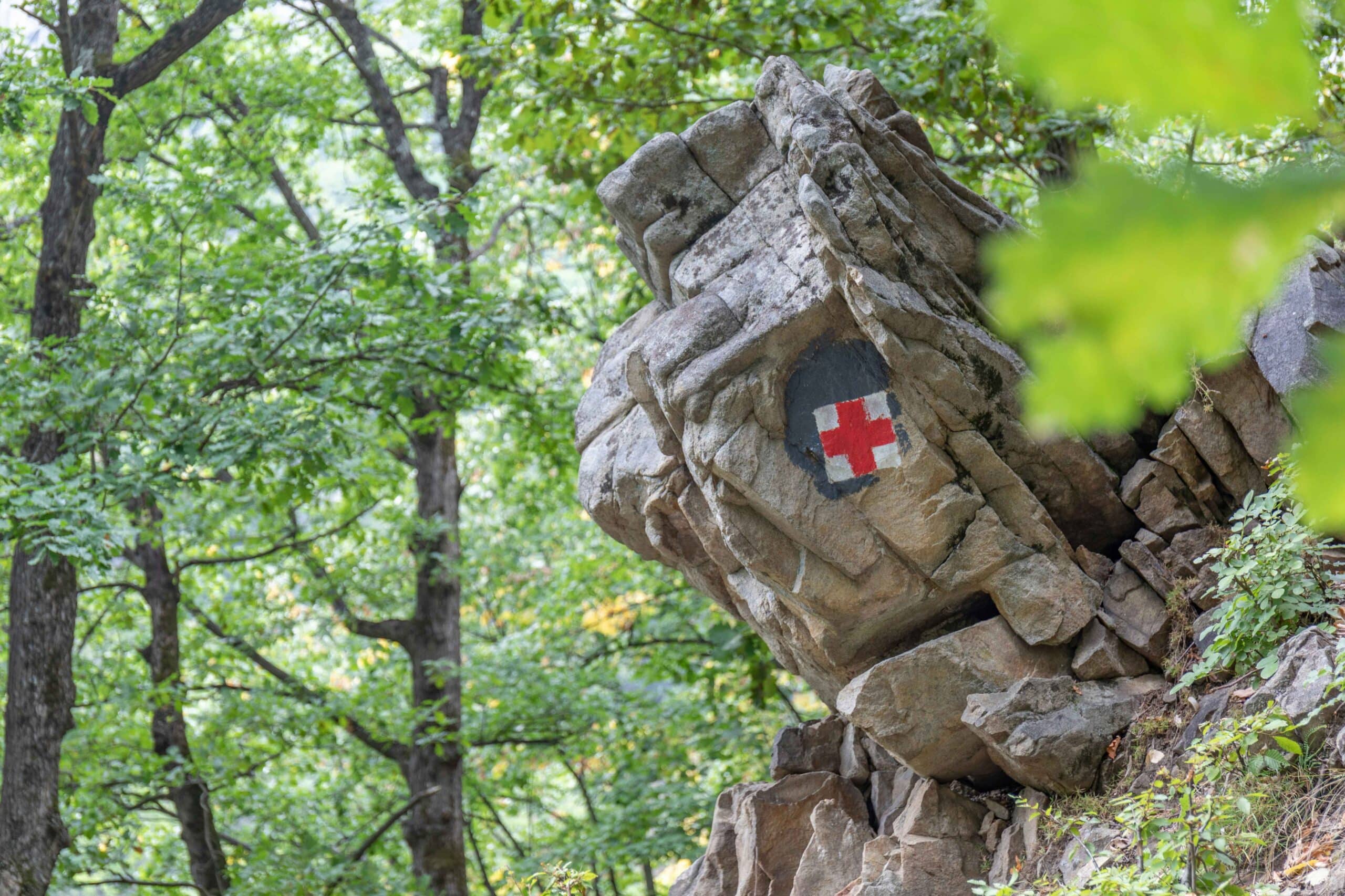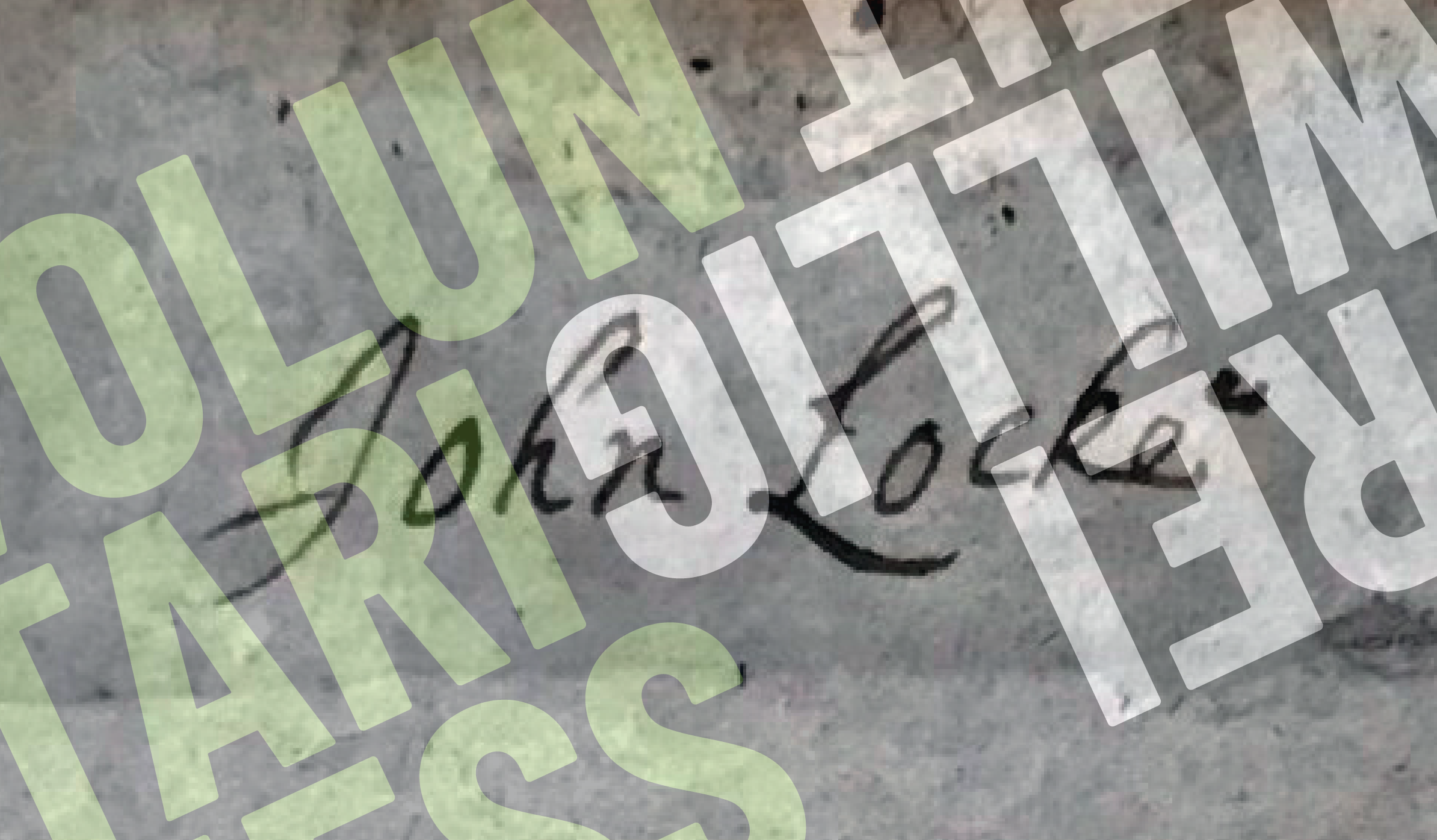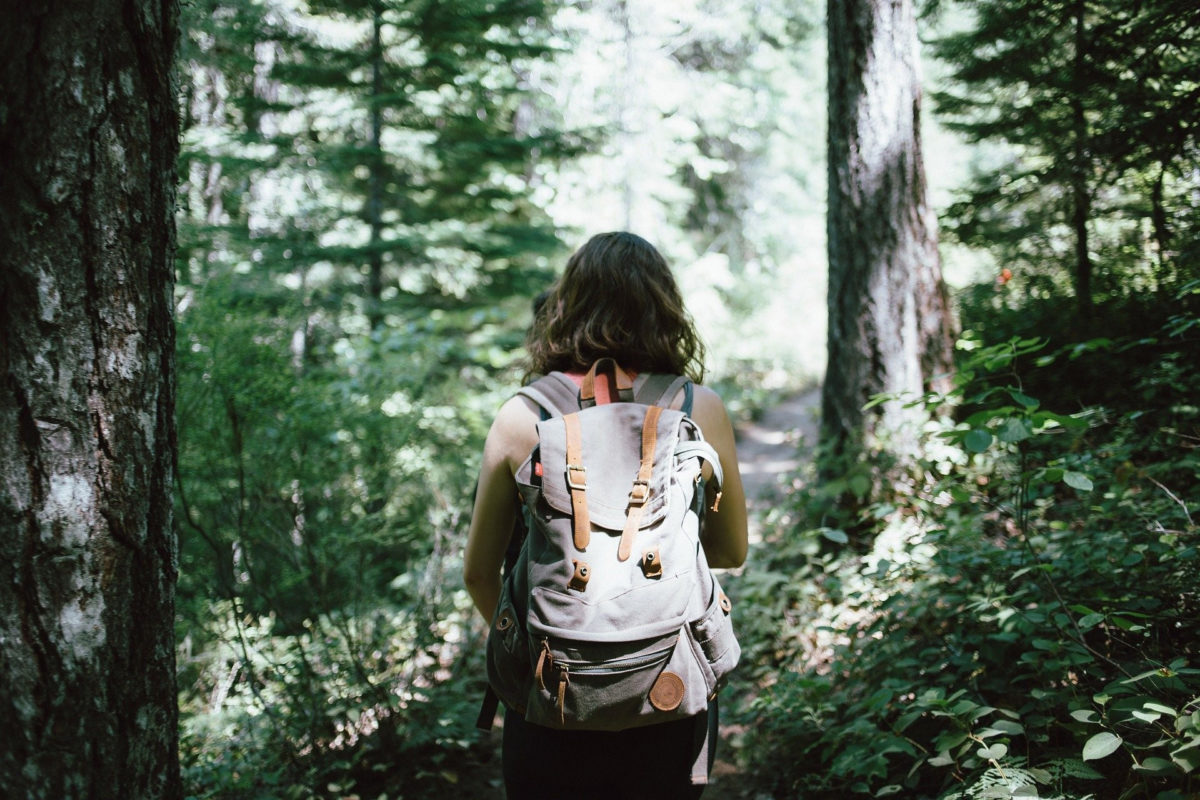
Freedom and Voluntariness in Walking
The historical-philosophical origins of voluntariness lie, as with the aesthetics of walking, in antiquity, more precisely in Aristotle’s Nicomachean Ethics. Accordingly, voluntariness is given if there is the ability to act differently. British philosopher John Hyman supplements this definition by positing that an action is voluntary if it is not carried out unknowingly or as a result of coercion. The voluntariness of an action, then, is simultaneously the condition for evaluating a person’s self-management. This blog post applies Hyman’s philosophical ideas to walking as an aesthetic practice.
Walking differs cross-culturally, in its manifestations, and in the specific distances covered. As a habitual practice, the bodily technique of walking exists in different forms, depending on the society and social habitus involved. At the same time, walking may be resistant, even self-willed, in that it resists the dictates of an economized everyday life and is instead carried out in a gladdening and unconstrained way, in the form of a stroll, saunter or flânerie. Andreas Hetzel describes this type of walking as an end in itself, as a practice that is joyful and self-transformative—a genuinely aesthetic practice through which, with every step they take, the subject seeks to evade being governed, and thus engages in a form of political resistance as well. But can we today still practice such a form of walking—self-determined and autotelic as well as voluntary and free?
Limits to Free Walking in the Wild
As early as the nineteenth century, Henry David Thoreau embarked on literary as well as factual forays into the North American wilderness, into which he withdrew from a society whose citizens were increasingly required to justify their everyday lives in economic terms. His goal was to roam without maps or borders, ideally even to find a home in the wilderness. This was wandering with no fixed end point. By 1862, however, Thoreau was already pointing out that the increasing privatization of land was making it more and more difficult, if not impossible, to get away from roads and lose oneself in the wilderness. Is an aesthetic, resistant walking, of the kind Thoreau tried to practice, still possible? Nowadays, in Germany as elsewhere, walkers are guided through the landscape by “Stay on the Path” signs that are intended to protect nature or mark boundaries with private property. US writer Rebecca Solnit declared in 2001 that the golden age of rural and urban walking was over due to the usurping of public space, the importance of the car, and the advancement of technology. External circumstances are exercising a profound influence on the practice of walking, as the ability to freely choose where to go is severely curtailed. This has not eliminated the potential to perform the act of walking voluntarily. One can still wander through the remaining wilderness in a conscious and consenting way, but the capacity to choose one’s own path is limited. Rebecca Solnit had good reason to state: “Freedom to walk is not much use without someplace to go” (Solnit, 2002: 249). Thus, walking as a practical act is always embedded in a context that influences its execution. This means that while we can try to learn from Thoreau how to be free in our bodies and thus in our minds, we have to simultaneously acknowledge that freedom of mobility is significantly influenced by external constraints. As a result, it may not be possible to engage in walking, or only to a very limited extent. This limits the practical choice of location, but a literal choice is still inherent in the freely made decision to walk. As long as acceptable options are available, external constraints undermine voluntariness but do not negate it.
Resistance or Voluntary Submission when Walking in the City
Botanizing on the sidewalk, like the flâneur discussed by Walter Benjamin, requires practice, because losing oneself in the city is different than in the wilderness. The urban flâneur first has to appropriate the public space of the street as their private realm. Their resistance is directed against architectural and spatial governmentality, as well as the imposed order of the social. Benjamin, much like French poet Charles Baudelaire, refers to the new Parisian cityscape of grand boulevards created by Georges Eugene Haussmann. Flânerie as an aesthetic practice arises when the flâneur drifts through the streets of Paris, strolling at a slow pace that is diametrically opposed to the hustle and bustle of the city. The flâneur in their indolence meanders through the city with no particular goal and is thus openly resisting modernity with its division of labor and purposiveness. Life in the fast lane of today’s hypercapitalism, which sets the tone for our everyday worlds, seems almost to have eliminated the indolence of the flâneur. But new forms of deceleration associated with various ‘slow’ movements (slow living, slow travel, slow eating), as well as the reconquest of cities by pedestrians during and perhaps after the COVID-19 crisis, may help the flâneur make a comeback.

Michel de Certeau contrasts advancing capitalist urbanization with walking as a realm of expression that helps realize places. This mode of generating locality is absent from the prescribed order of city maps and thus eludes the city’s panoptic administration. But does this really allow us to escape the all-seeing gaze of the city planner or urban security dispositif? Urban spaces are increasingly pervaded by the technocratic exercise of power, as analyzed by Bentham and Foucault. This is particularly evident in the constant increase in digital surveillance measures in the city centers of the industrialized nations, as in the “Secure” City of London, with over 15,000 cameras installed and a facial recognition program on a trial run basis. Walkers rarely move through the “scanscapes” of urban spaces unobserved or with true freedom. Yet it is precisely through the reciprocal process entailed in the aesthetic practice of “citification” that “bodies-subjects” emerge at the interstices of the city as object and the walker as subject. Walking is performed voluntarily as a conscious and intended act by the subject, even though, as we have seen, it is by no means free of the external constraints imposed by the “carceral city”. So how freely do city dwellers move in a controlled urban space that influences their choice of routes and whose control they attempt to evade by consciously opting for unobserved and yet, once again, prefabricated paths? The freedom of choice to go one’s own way without being noticed at an unadjusted pace is limited. Most city dwellers, however, voluntarily submit to this urban power structure and adhere to routine processes of the morning commute, the daily workout, or regimented shopping routines.
The Freedom to Walk: Boundless Voluntary Walking?
All walking depends on the freedom of mobility available to us. “Freedom is about choices which we face, and voluntariness about choices we make” (Olsaretti 1998: 53). Freedom means being free to act, whereas voluntariness means acting freely. Hence, it is not voluntariness but the lack of freedom that regulates walking, through local and social restrictions. This is confirmed by Judith Butler, who relates every capacity to act to an enabling and limiting field of constraints. In contrast to restrictions on freedom of action, however, it is the voluntariness of an action that allows us to assess an individual’s self-management, according to John Hyman. Thus, the decision to walk may be made voluntarily, but its execution depends on external circumstances.
In today’s world, then, aesthetic walking may well be self-determined and voluntary, but it always has a purpose or is subject to regulations, whether we think of Aristotle, who philosophized while walking, Thoreau, who can lose himself in the woods for a time but then, after a conscious bout of rambling, eventually ends his walk back home, or the flâneur, who intentionally resists the imposed urban and social order.
Suggested Citation: Herzan, Pia: “Into the (Urban) Wild. Freedom and Voluntariness in Walking”, Voluntariness: History – Society – Theory, July 2021, https://www.voluntariness.org/into-the-urban-wild/


